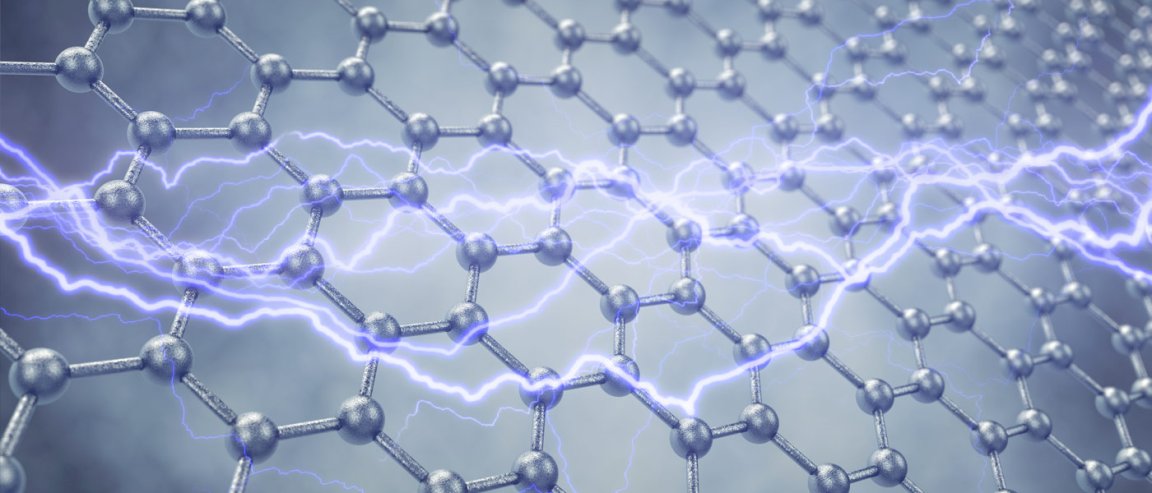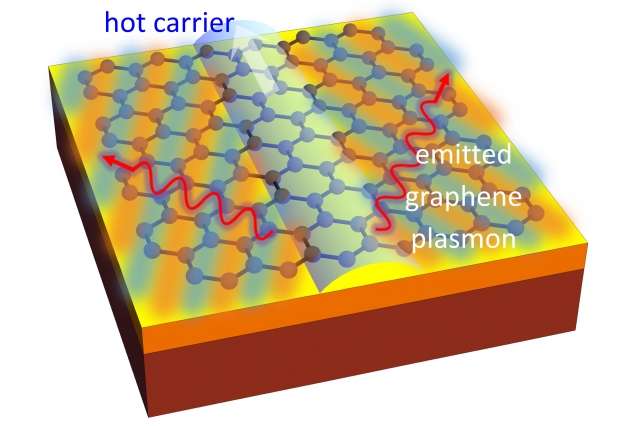
Making Shockwaves
Researchers have found a new way to convert light from graphene into electricity.
According to the study, when light strikes a sheet of graphene—a two-dimensional form of the element carbon—it can slow down by a factor of a few hundred. The reduced speed of photons moving through the sheet of graphene means that, under certain circumstances, electrons can actually exceed the local speed of light, generating an optical counterpart to the sonic boom produced when a plane travels faster than the speed of sound—an intense, focused “shockwave” of light.
“Graphene has this ability to trap light, in modes we call surface plasmons,” says research lead Ido Kaminer.

He explains that plasmons are a kind of virtual particle that represent the oscillations of electrons on the surface, whose speed through the graphene are “a few hundred times slower than light in free space.”
Apart from that, electrons in graphene pass through it at very high speeds, up to a million meters per second, or about 1/300th the speed of light in a vacuum, meaning the two speeds were similar enough that significant interactions might occur between the two kinds of particles if they can be tuned to have the same velocities.
“This conversion is made possible because the electronic speed can approach the light speed in graphene, breaking the ‘light barrier,’” Kaminer says. “In the case of graphene, this leads to the emission of a shockwave of light, trapped in two dimensions.”
Harnessing Light in New Ways
The plasmon-based approach has the potential of becoming a much more efficient, more compact, faster, and more flexible alternative to harnessing light, as compared to fluorescent tubes and light-emitting diodes (LEDs).
Additionally, scientists also found that plasmons could be made into microchips for new, light-based circuits, influencing not just household lighting but also everyday devices such as the smartphone and the tablet.